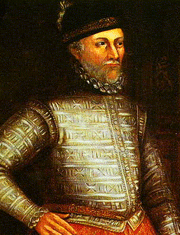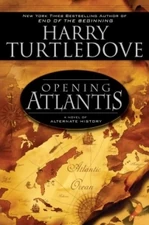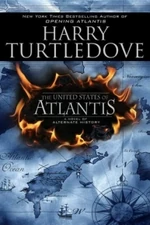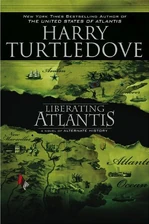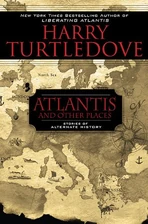| ||||||||||||||||||||||||||||||||||||||||||||||||
Richard Neville, jure uxoris 16th Earl of Warwick and suo jure 6th Earl of Salisbury (22 November 1428 - 14 April 1471), was a leading figure in the War of the Roses during which he helped depose the Lancastrian King Henry VI in favour of the Yorkist King Edward IV. This earned him his nickname of "the Kingmaker". After falling out with Edward, the Earl attempted to replace the king with Edward's brother, George, Duke of Clarence. When this failed, Neville successfully overthrew Edward and reinstalled Henry VI. However, he'd overreached himself. Neville was killed when his forces engaged Edward's in 1471.
Earl of Warwick in Atlantis[]
After helping King Edward IV attain the throne of England, the Earl of Warwick (1428-1470) fell out of favor with the king[1], and was exiled to the Dover-founded colony of Freetown in Atlantis. However, Warwick made a mistake in navigation and arrived in November 1469 at New Hastings, a town far less receptive to the demands of English aristocracy.[2]
Warwick sought to establish himself as the settlement's ruler.[3] His soldiers wandered the streets of New Hastings with impunity.[4] When soldiers on lone patrol were killed, Warwick threatened the founder of New Hastings, Edward Radcliffe, with reprisals.[5] Warwick bought the loyalty of many in the town, either through fear or through gifts of land. Outrage grew further when he took young Lucy Fenner as his mistress against her will.[6] Realizing he was short of money, Warwick imposed a tax on the citizens.[7]
In the meantime, the people of New Hastings began to slowly take measures in anticipation of revolt. Richard Radcliffe, the son of Edward and the founder of nearby Bredestown, had his blacksmith Adam Higgins start making swords.[8]
The final straw came when Warwick's soldiers came to tax Edward Radcliffe himself. Richard Radcliffe sought to ambush the soldiers, but succeeded in only killing one before he was forced to flee.[9] His father was killed by the enraged survivors.[10]
Richard and his brother Henry retreated deep into the woods.[11] Richard made a failed attempt on Warwick, but was thwarted by Warwick's canny refusal to make himself visible.[12]
Despite the violence thus far, Warwick continued taxing, driving most the New Hastings to the Radcliffes' banner.
Events concluded at the Battle of the Strand. Warwick and his supporters engaged Richard Radcliffe's motley band at midnight in the woods north of New Hastings, along the coast. Radcliffe and his men refused Warwick's admittedly generous terms, which would require Radcliffe and his supporters to exile themselves into the forest. Warwick then led his men into battle. Radcliffe's men traded arrows with Warwick's archers while Warwick's knights trudged forward. However, Warwick had led his men into a trap. Richard Radcliffe's brother Henry fired on Warwick's men from aboard the Rose.[13] Warwick's men were shattered by the cannon fire. Warwick himself was unhorsed; its carcass fell upon him, breaking his leg. Richard Radcliffe shot Warwick in the face, killing him, and ending his brief reign as Lord of New Hastings.[14]
For centuries after these events, Warwick was vilified by Atlantean historians, who called him the Black Earl. Every school child learned how Edward Radcliffe had preferred death to living under the Black Earl's tyranny and had become a martyr in the fight to liberate his people from the despotic nobleman, and how Radcliffe's sons had heroically destroyed Nevillean tyranny once and for all. Such was the official version of Atlantean history; some suspected the events were rather more complicated than that.[15]
References[]
- ↑ See Inconsistencies (Atlantis).
- ↑ Opening Atlantis, pgs. 108-110, HC.
- ↑ Ibid., pg. 119.
- ↑ Ibid., pg. 118.
- ↑ Ibid.
- ↑ Ibid., pg. 131.
- ↑ Ibid., pgs. 136-137.
- ↑ Ibid., pg. 129.
- ↑ Ibid., pgs. 142-143.
- ↑ Ibid., pg. 144.
- ↑ Ibid., pgs. 144-146.
- ↑ Ibid., pgs. 148-150.
- ↑ Ibid., pgs. 155-162.
- ↑ Ibid., pg. 162.
- ↑ The United States of Atlantis, pg. 27-28, HC.
| ||||||||||||||||||||||||||||
